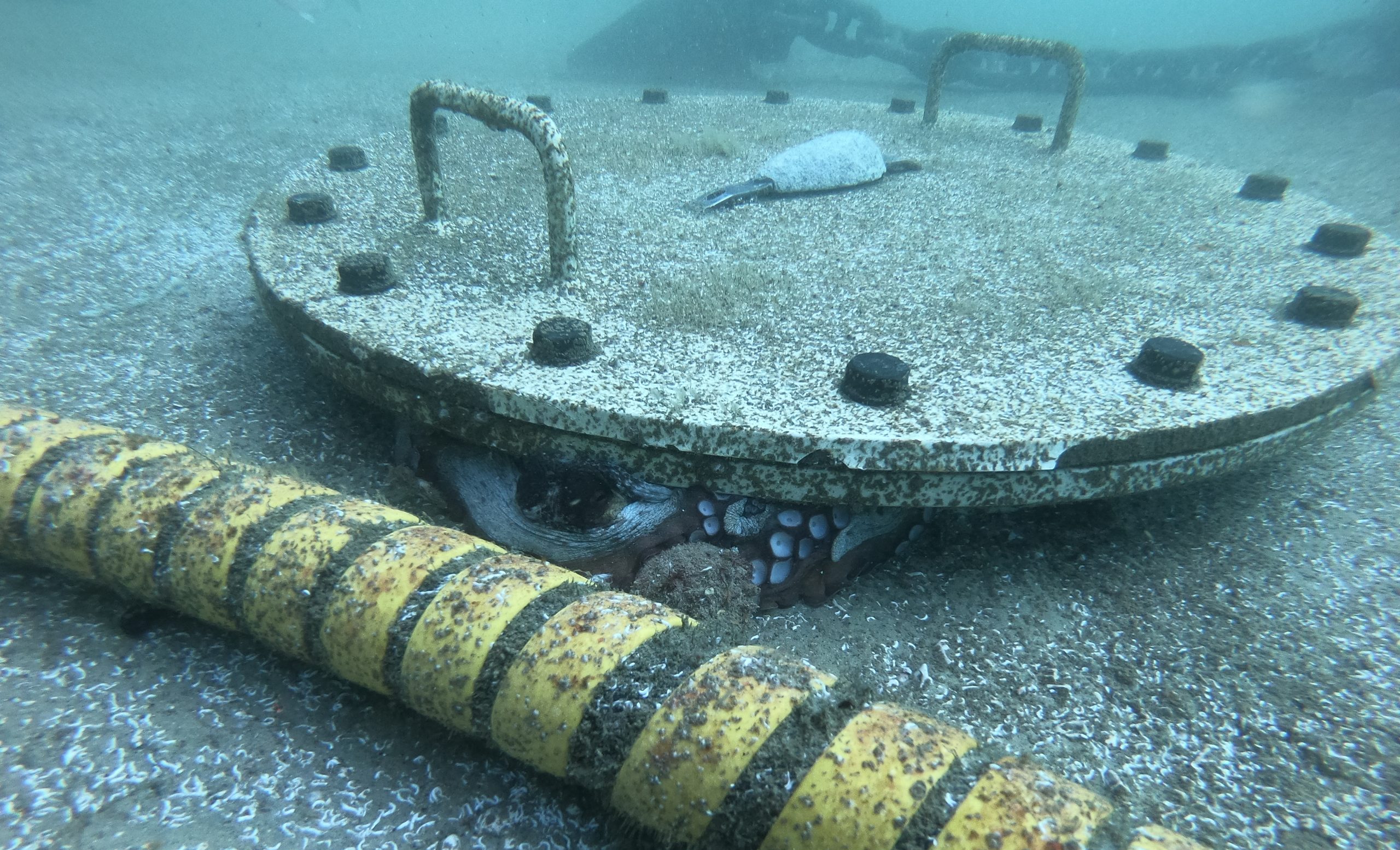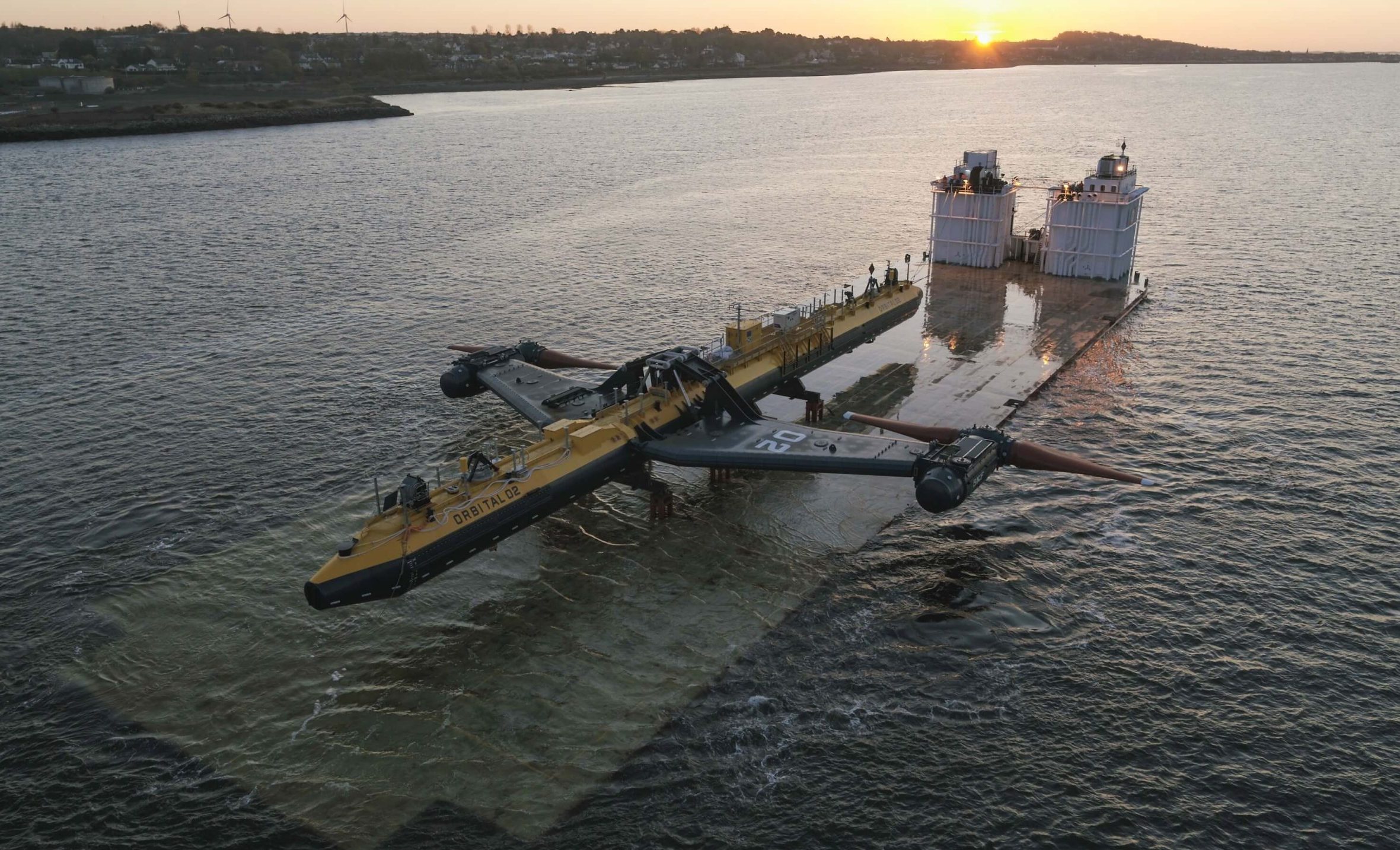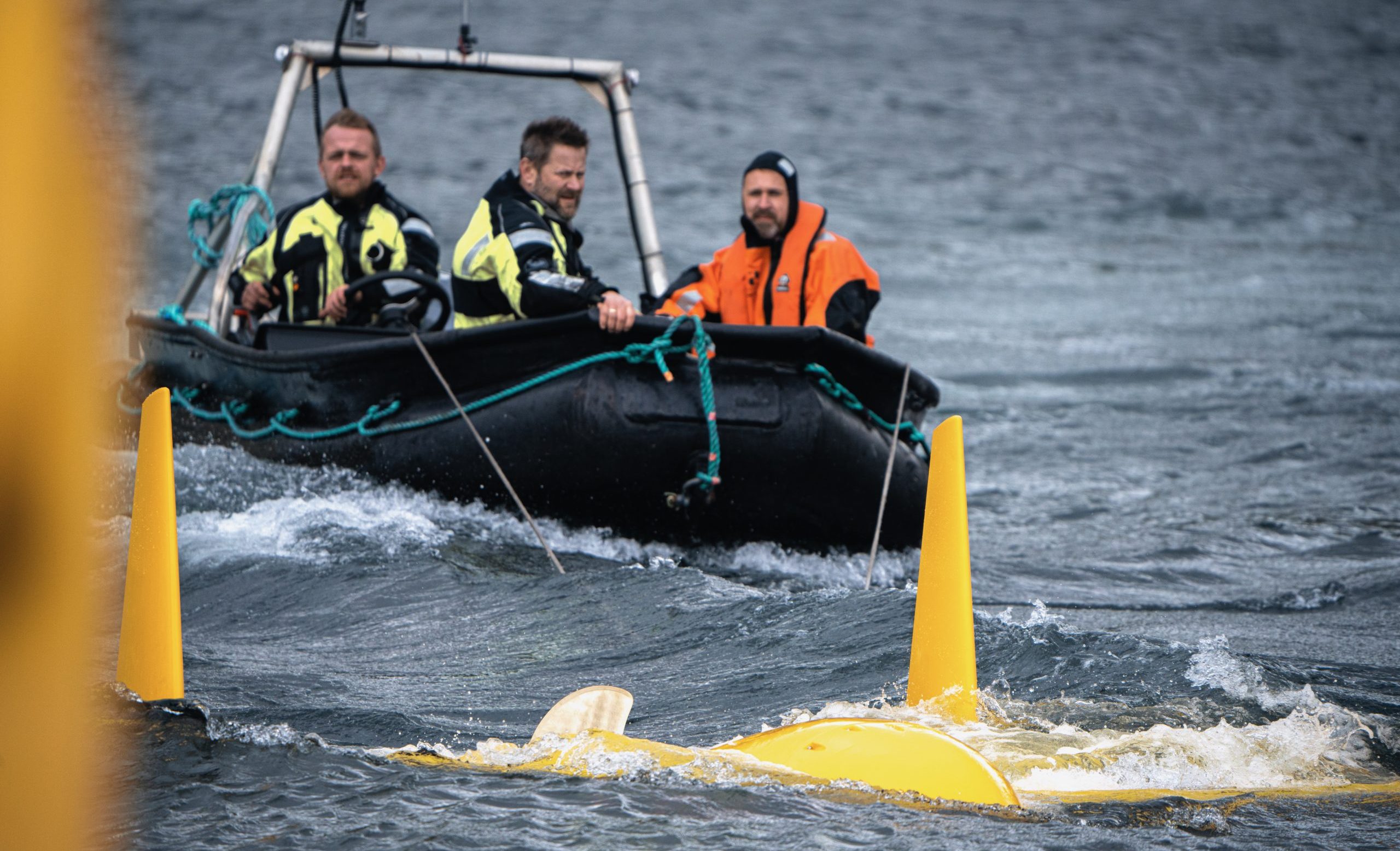Environment, planning & grid
Every project installing ocean energy devices in the sea includes measures to monitor potential impacts. All studies to date show that ocean energy has no negative impact on marine ecosystems.
Despite this, cautious approaches to risk assessment hamper consenting of ocean energy projects. The current legislation is often not adapted to ocean energy, making it difficult for the consenting authorities to make appropriate decisions.
The planning of necessary grid extensions also needs to be improved, in order to ensure the swift deployment of the sector.
OEE is addressing these issues by calling for fit-for-purpose licensing & consenting processes, inclusive Marine Spatial Planning and appropriate grid planning.

Simpler licensing and consenting
Burdensome and long consenting processes can delay or even prevent the deployment of ocean energy projects. OEE advocates for several simple solutions to significantly improve these processes and accelerate deployments.
A tailor-made process would allow both the consenting authorities and the developers to follow a clear set of rules. The procedures should be designed to facilitate the deployment of ocean energy and be proportionate to the very low risk of negative environmental impact.
There is also a need for single points of contact at national level to manage the consenting process. The ‘single authority’ would streamline the consenting process and help coordinate the actions of other associated entities.
Adaptive Management – a decision-making process reducing uncertainty over time via monitoring – would reduce the uncertainty on potential environmental impacts of ocean energy, without delaying the projects.
For more information on consenting, check out the ETIP report on environmental & policy recommendations.

Marine Spatial Planning for ocean energy
Maritime Spatial Planning (MSP) brings together a range of maritime users to coordinate the use of oceans in a sustainable manner. The EU MSP Directive required Member States to adopt their national marine spatial plans by March 2021. By that date, only 6 Member States had approved their final plans.
Making sure that ocean energy is included in these marine spatial plans will immensely support its deployment and facilitate multi-uses of the sea. The ability to secure space at sea will be crucial for the industrial development of the ocean energy sector in Europe.
Pre-allocation of zones in MSP can help implement the results of marine planning. Zoning is extremely useful, as it clarifies the use of certain areas for a specific activity and can also facilitate consenting processes.
OEE advocates for the inclusion of ocean energy in marine spatial plans with grid connected, consented and licenced sites for pilot farms.

Bringing the grid to the resource
Transmission and distribution system operators do not currently take wave and tidal deployments into account in their plans. As a result, the main power lines sometimes do not reach the best ocean energy resources and the cost of connecting is left to the project developer.
For projects at demonstration or pre-commercial stage, grid connection and cable infrastructure can represent up to 40% of total project costs. This is prohibitive compared to the cost of devices themselves and to the revenues generated.
OEE promotes the inclusion of ocean energy in transmission system operators’ network development plans. In addition to enabling the technology and projects, this will have a significant impact on grid coverage, stability, and predictability.

